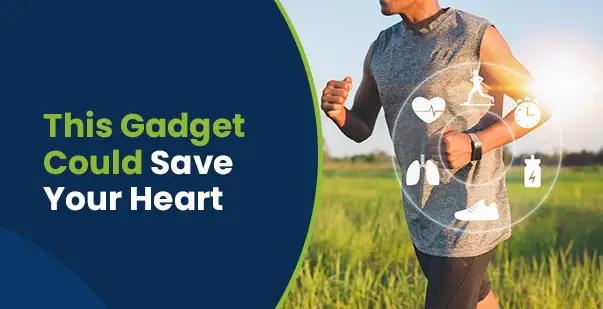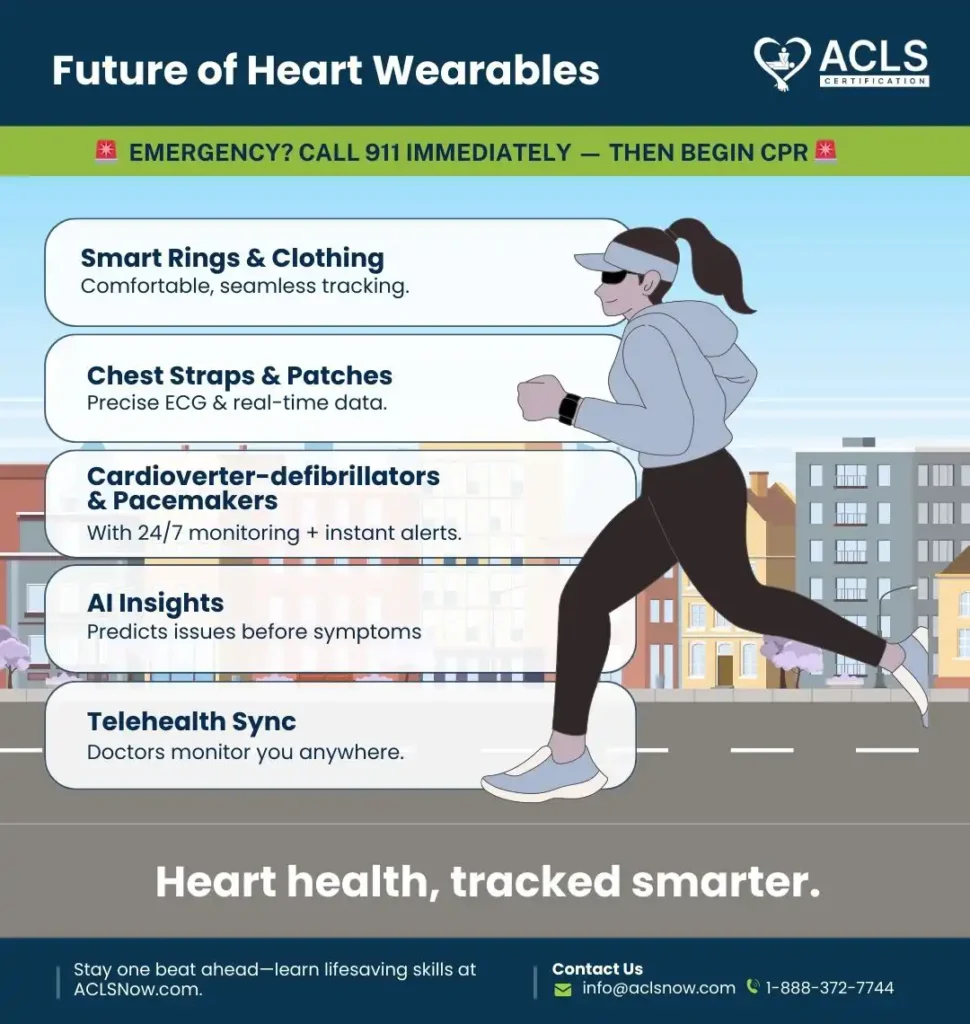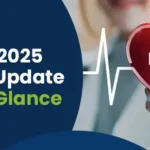Can a watch save your life? It did for Eric Zollinger. He was bicycling in New York, hit a pothole, returned home disoriented, and then fell in the bathroom at home. Fortunately, his Apple Watch detected the fall and automatically dialed 911. Paramedics arrived just in time and saved his life (NYPOST, 2024).
Zollinger’s story is just one of many. It spotlights the evolution of advanced heart monitors and intelligent health technology. It will grow more as the demand for real-time health data and chronic disease management continues to increase. In fact, the market for wearable medical devices is predicted to grow to over $2.9 billion by 2025.
So, just how is this technology affecting heart checks and what are the top heart monitoring wearables for blood pressure, or even for glucose? Keep reading to explore the innovations bringing heart health more to home, more proactive, and even lifesaving.
What Makes Modern Wearables a Game-Changer?
Within the next 5–10 years, nearly 50% of people over 55–60 will be wearing sensors to predict life-threatening health issues. It’s a revolutionary shift where heart monitoring is no longer the monopoly of hospitals or high-risk populations. It’s becoming an anticipatory tool for everyday life.
And here’s how the best health wearable technology is making that happen:
Accessibility and Evolution
Heart monitoring has progressed far from Holter monitors. Modern wristbands are thin, unobtrusive, and easy to use, 24/7 wearable without impeding normal activity. It’s more and more common for anyone to be in control of their heart health without a doctor visit or prescription.
Fitness Tracking
Most machines today track vital parameters like heart rate, blood pressure, and oxygen saturation. These wearables give real-time data regarding cardiovascular status and detect early warning signs. Also, it helps users understand how the readings vary with exercise.
Proactive, Real-Time Monitoring
Wearables enable round-the-clock monitoring instead of physician visits. This shift moves care from reactive to proactive. That means instead of waiting for symptoms to appear, wearables help detect early signs of heart issues. Hence, it allows customized care and better health outcomes, especially for older adults and people with chronic conditions.
Recent Innovations
A researcher at the University of Missouri came up with a heart monitor shaped a bit like a starfish. It sticks better to the skin and, with the help of simple sensors and machine learning, can track the heart accurately even while someone is moving. Older monitors often slipped or lost signal during motion, which led to bad readings and false alarms, but this design fixes a lot of those issues.
Increased Healthcare Impact
These technologies are pushing healthcare to precision diagnosis and patient-centric care. Wearables are no longer just fitness trackers; they’re transforming the way we detect, treat, and even prevent heart disease worldwide. In one NCBI study involving older adults at risk for atrial fibrillation, a smartwatch achieved 98.2% sensitivity and 98.1% accuracy in detecting irregular heart rhythms.
Read more: What is the difference between cardiac arrest and a heart attack?
How Wearables Help Detect Heart Issues Before Symptoms Show
Heart disease continues to dominate as the leading cause of death in our times, claiming close to 18 million lives annually, according to the World Health Organization. Most of them could be saved through earlier diagnosis and smarter monitoring. That is where the new heart monitor wearable devices save the day. Here is what they track and how:
Heart Rate
Most modern wearables use optical sensors (photoplethysmography) to track your heart rate through your wrist or chest. Devices like advanced smart watches are highly accurate, often within 1 to 3 beats per minute of clinical-grade electrocardiogram (ECG) monitors. This lets users easily monitor their heart rate throughout the day, whether they are resting, working out, or recovering.
Heart Rate Variability (HRV)
HRV is a small delay in the timing of heartbeats. It’s an accurate measure of stress, recovery, and resilience of the heart. HRV is tracked by wearables with optical or ECG-based sensors. It’s applied most frequently in healthcare and fitness to recognize early warning signs or maximize performance.
For example, devices like the modern straps and rings track HRV to help manage stress and improve recovery.
Electrocardiogram (ECG)
Some wearable devices can take a single-lead ECG through small contact sensors. This lets people spot irregular heart rhythms, like atrial fibrillation, without making a trip to the clinic. In many cases, the results can be sent straight to a doctor, helping with quicker diagnosis and treatment.
Blood Pressure
Other wearables are starting to include optical sensors or small inflatable wrist cuffs to measure blood pressure and heart rate. They’re useful for spotting long-term trends, but they still don’t match the accuracy of standard upper-arm cuffs when precise readings are needed. Nonetheless, these wearable technology blood pressure monitors give essential day-to-day insight for patients who have to manage hypertension.
Blood Oxygen Saturation (SpO₂)
SpO₂ devices send out red and infrared light to estimate the level of oxygen in your blood. Equipment like the smart watches offers a reading that is close to a pulse oximeter. It can be useful for sleep quality monitoring, altitude adjustment, or early indication of respiratory compromise.
Glucose Levels (in Some Devices)
Some of the new wearables even offer non-invasive blood glucose monitoring or integration with continuous glucose monitors. With the tech becoming more precise, this option holds promise for diabetics or anyone monitoring patterns of blood sugar. For example, the Continuous Glucose Monitor (CGM) connects with smart devices to track blood sugar in real time.
How Future Wearables Will Help You Track Heart Health Smarter
- Smart Rings & Clothing → Comfortable, seamless tracking.
- Chest Straps & Patches → Precise ECG & real-time data.
- Cardioverter-defibrillators & Pacemakers → With 24/7 monitoring + instant alerts.
- AI Insights → Predicts issues before symptoms
- Telehealth Sync → Doctors monitor you anywhere.
✨ Heart health, tracked smarter.
Stay one beat ahead—learn lifesaving skills at ACLSNow.com.
Heart monitoring wearables are evolving beyond wristbands, with smart rings offering more comfort and advanced sleep tracking. From smart clothing to implantable devices, new technology is making heart health tracking more precise and user-friendly.
Chest Straps and Skin Patches
Wearable devices like chest straps provide continuous motion-compensated heart rate and ECG monitoring. They are well-suited for athletes and cardiac patients who need precise data under heavy exercise conditions. Skin patches are now used in both hospitals and home care settings. They offer long-term heart monitoring and send real-time data to physicians.
Smart Clothing and Biosensing Textiles
Smart tees incorporating fabric-based ECG sensors allow you to monitor heart activity, breathing, and posture in real-time without bulky devices. These wearables are ideal for sleep or exercise. They represent one of the most advanced and promising innovations in health monitoring technology. A well-known example is smart shirts with built-in sensors to track important health data.
Implantables and Micro Sensors
Implanted devices like pacemakers and implantable cardioverter-defibrillators (ICDs) now include Bluetooth and remote monitoring. They keep track of heart rhythm around the clock, watching for anything unusual. If an abnormal pattern shows up, the system can alert a doctor right away, and in some cases, even step in automatically. This kind of technology is especially useful for high-risk patients who need constant monitoring, well beyond what regular wearables can provide.
AI-Powered Predictive Monitoring
Artificial intelligence is transforming wearables by analyzing real-time data for soon-to-emerge warning signs of arrhythmias, heart failure, and other medical conditions. AI-based analytics notify both doctors and patients of potential cardiac events prior to their occurrence and symptoms emerging. For example, smartwatches use AI algorithms to detect irregular heart rhythms.
Interoperability with Telehealth and EHR Systems
Most heart monitoring wearables also integrate with telehealth platforms and electronic health records (EHRs) so that clinicians may remotely monitor patients’ health. This makes it easier to care for rural and aging populations without frequent trips to clinics.
These innovations expand the use of wearable heart monitoring devices. They push the limits of what is achievable for the best wearable for blood pressure and glucose monitoring.
Read more: 10 Medical Emergencies That Need ACLS for Adults
Who Should Use a Heart Monitoring Device?
Heart monitoring wearables would be beneficial to anyone, but most beneficial to people with a family history of heart disease. Moreover, people with high blood pressure, diabetes, or high cholesterol can also benefit from them.
Health enthusiasts use them to optimize performance and recovery. The elderly gain the independence of real-time tracking of their health. Overall, these wearables allow individuals to become self-managers of their health and reduce hospital emergency room visits based on early warning signs.
Monitor Your Health with Modern Wearables and CPR Training!
Heart monitoring wearables help track important health signs like blood pressure and blood sugar levels in real time. They shift heart monitoring from the clinic to the wrist, the chest, or even under your skin. Moreover, the future of heart monitoring is smarter and more connected. We’ll see more use of AI, better accuracy, and smoother integration with telehealth.
To get the most benefit, pair the use of wearable devices with lifesaving skills. Enroll in a CPR course today so you’re ready to respond when every second matters. Take charge of your heart health with reliable devices and the confidence that comes from knowing CPR.








